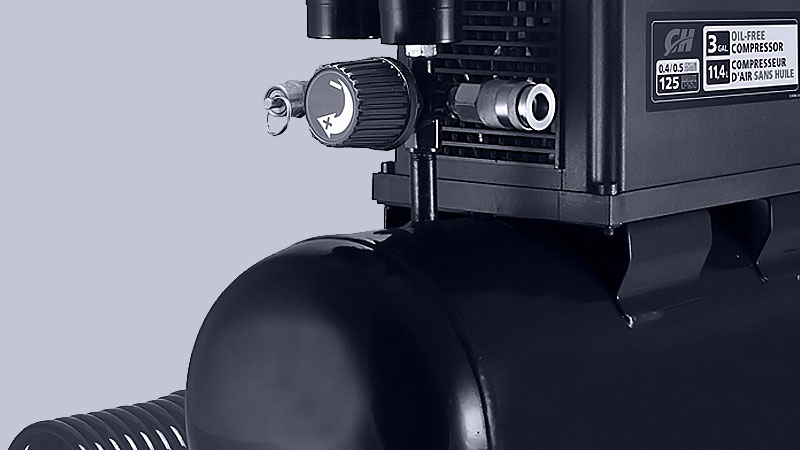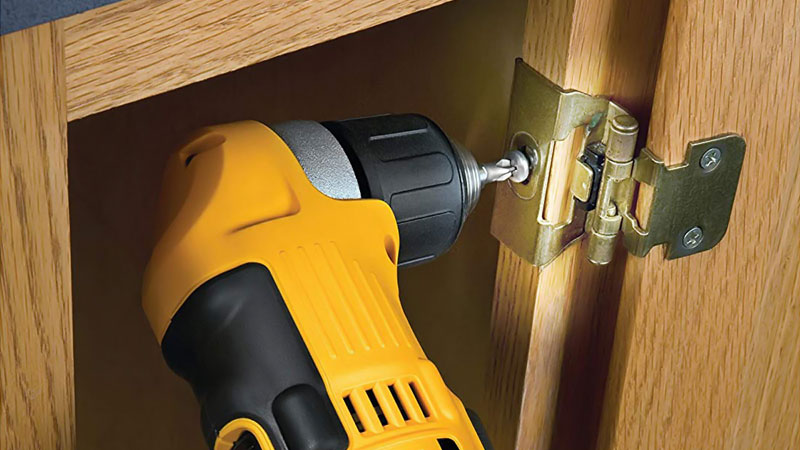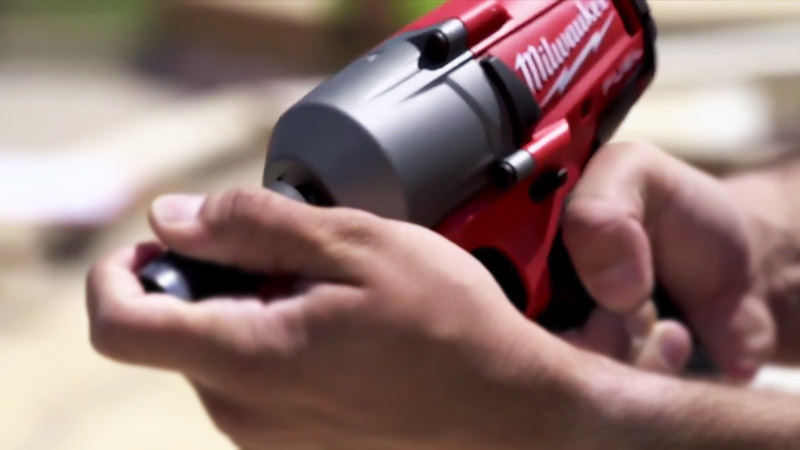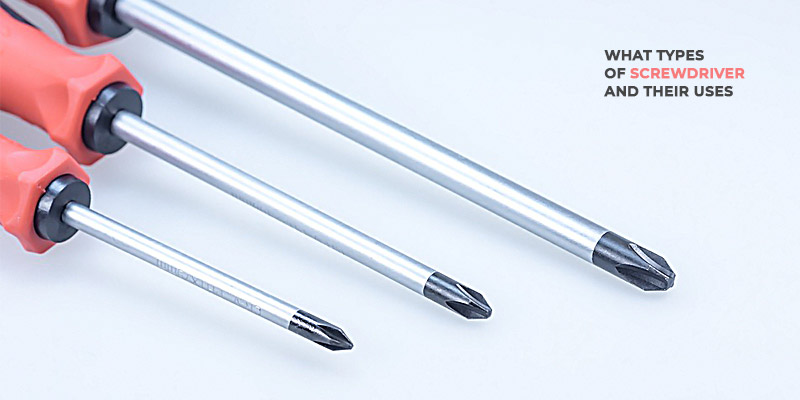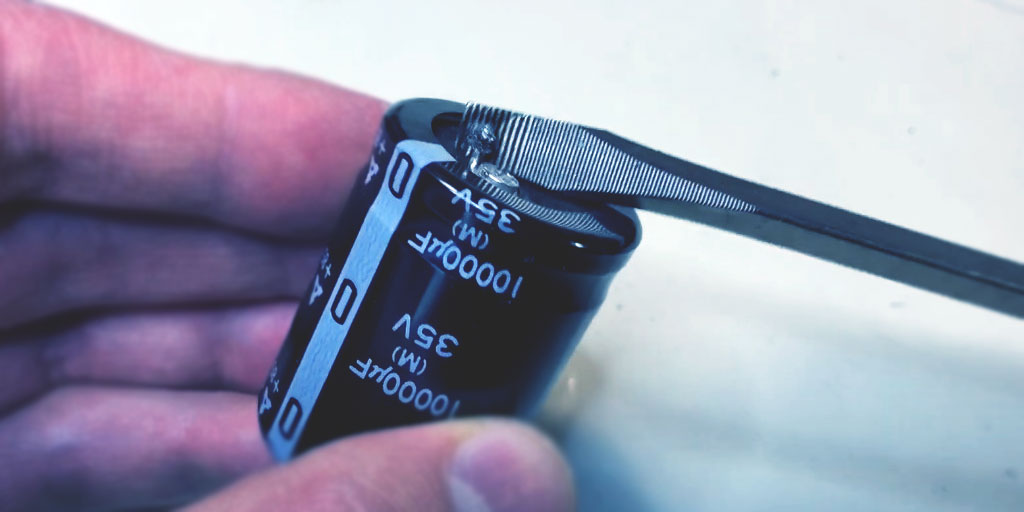As an amazon associate, I earn affiliate commissions from qualifying purchases.
Socket Wrench vs Ratchet: Which One is Better?
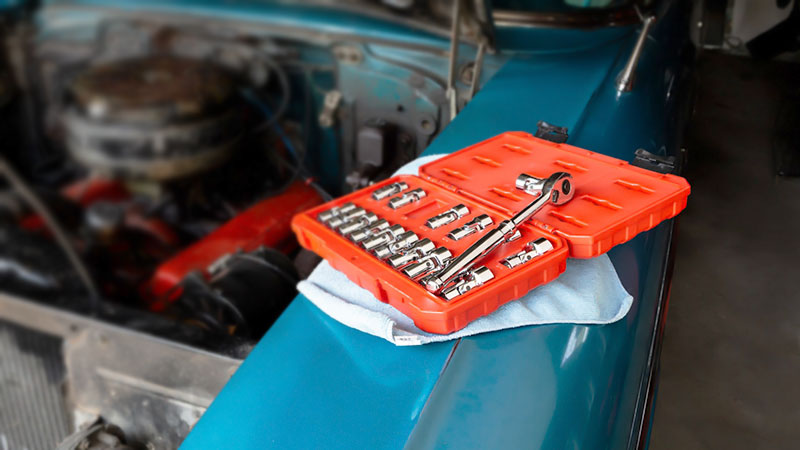
Choosing between a socket wrench and a ratchet can be confusing. You must want maximum efficiency in your next project, which can be fixing a car or something else. A question arises, what are the major differences between socket wrench vs ratchet?
The major difference between a socket wrench and a ratchet is in their purpose of usage. A socket wrench is suitable for tightening or loosening nuts or bolts. A ratchet, on the other hand, is for winding down nuts or long screws.
Both of these tools have their own benefits with some differences. Continue scrolling to learn about the distinctive features with some aid at the end to decide which one better suits your work.
Socket Wrench vs Ratchet: Quick Comparison Chart
| Basis of comparison | Socket wrench | Ratchet |
| Usage | Tightening or loosening nuts | Winding down screws |
| Handle | Requires installing to a handle | It doesn’t require an extra handle |
| Attachment | No attachment | It can be attached to a socket wrench |
| Direction | Two | One |
| Size | Long | Short |
| Material | Metal | Metal |
| Price | Affordable | Affordable |
Socket wrench vs Ratchet: Key Differences
Socket wrenches are small tools attached to a wrench for fastening nuts. A ratchet is a wheel tool with sloping teeth. The key differences between a socket wrench and a ratchet are:
Usage
The main usage of socket wrenches is to tighten or loosen screws or nuts. Whether you are repairing your car or doing plumbing work, a socket wrench is a solution for tightening all the connections.
You also can do the same job with ratcheting wrenches, but that’s not its key function. A ratchet is better as a tool for winding down nuts, bolts, or screws.
Handle
The small sockets require a wrench handle for installation. After setting up the handle, you can use the socket wrench.
On the other hand, ratchets are usually a single tool and don’t have any extra handles. You will have to hold the middle bar of the ratchet for working.
Attachment
Sockets require torques or socket wrenches as attachments to make the tool functional. But the ratchets do not require any attachments for work. You may attach the ratchet with wrenches in some situations.
Direction
Socket wrenches are multidirectional, usually two. There is a direction indicator on the socket wrench. You can change the arrow indicator to change the direction.
Ratchets work in only one direction as it is a solid tool. This is literally one of the key factors that separate a ratchet from a socket wrench.
Size
Socket wrench sizes have different options, including short, standard, and long. When you buy socket wrenches, the socket will come in a set including several sizes for different usage. You can attach any particular sockets to the handle based on your requirements.
Ratchets also have different sizes, but the size is fixed. That’s why it is wise to buy ratchets of various sizes instead of relying on only one.
Material
Both ratchets and socket wrenches are made from metal. You will be doing work with these tools that require pressure. Sturdy materials ensure the efficiency and durability of the tools.
Price
Both the socket wrench and the ratchet are quite affordable. A socket wrench set usually costs between $30 to $100.
The price of a ratcheting wrench set can vary based on type. If you want a ratchet below hundred dollars, you can check out the top-rated air ratchets under $100.
What are the Different Types of Socket Wrenches?
Socket wrenches offer a superior level of torque compared to traditional wrenches. If you plan to buy a socket wrench set, knowing about the types is essential.
Five types of socket wrenches are most common in the market. They are:
5 types of socket wrenches:
- Flex head: Flex head socket wrenches have a swiveling head that can be adjusted during use. These are excellent when working in smaller spaces.
- T-handle: T-handle socket wrenches have a long vertical beam with sockets in one end. You can use this by turning it after inserting the socket head into nuts.
- Ratcheting: A ratcheting socket wrench is the most common type of socket wrench. You don’t need to lift up or down every time for fastening.
- Nut driver: Nut drivers have hexagonal shaped hands and require manual operation.
- Gearless: Gearless socket wrenches use ball bearings that help them tighten nuts without any gear.
How to Use a Socket Wrench
- You need to select the proper size socket first for using a socket wrench.
- Attach it to the socket head and change the direction based on your purpose.
- Set the switch to the right for tightening nuts and left for loosening.
What are the Different Types of Ratchets?
Air ratchets are the most common type of ratchets available. Ratchets are usually differentiated depending on their sizes or drive. You may not need to get every size for your work. Generally, if you want something that fits most screws and nuts, you can choose the ⅜ air ratchets.
How to Use a Ratchet
Using a ratchet is quite simple. Turn it clockwise for tightening bolts or nuts and the opposite for loosening. Attaching a socket in the ratchet may result in more efficient working.
Socket Wrench vs. Ratchet Wrench – Which one is better?
You may try to decide which one is better than the others, but there may not be any correct answer. Socket wrench and ratchets work best when attached together. Combining them will enable you to work more efficiently without the need to refit the wrench every time.
FAQs: Socket Wrench vs Ratchet
What is a socket wrench used for?
Socket wrench uses primarily include a wide range of fastening works, such as tightening or loosening nuts in vehicles. You can use these mechanical tools in other types of machinery too.
Is a socket wrench the same as a ratchet?
People often use the terms socket wrench and ratchet interchangeably, but they are not necessarily the same. The primary purpose of both tools is to tight or loose nuts. Each of the tools suits different tasks well.
How much torque does a 3/8 air ratchet have?
⅜ inch ratchets are most standard length and fit almost every purpose. A ⅜ air ratchet usually has 30-50 foot-pounds of torque.
What is the use of ratchet wrenches?
Ratchet wrenches have ratcheting pawls inside them. You can use the ratchet wrench by turning it towards a direction while the nut or bolt will turn in the opposite direction.
Can I use a ratchet instead of a wrench?
You can use a ratchet instead of a traditional wrench for fastening work. A ratchet will provide you with better results than a normal wrench in most cases.
Conclusion
After discussing socket wrench vs ratchet, there is no confusion that both are excellent. You can choose either of them or combine ratchets with a socket wrench for the most efficiency.

